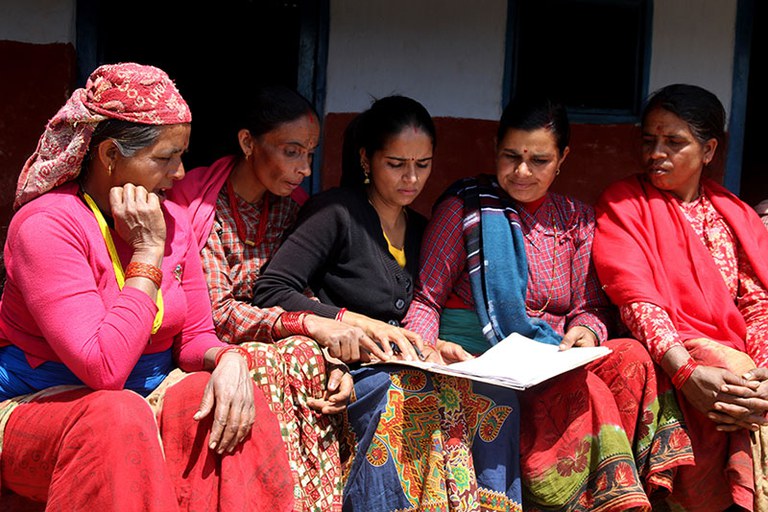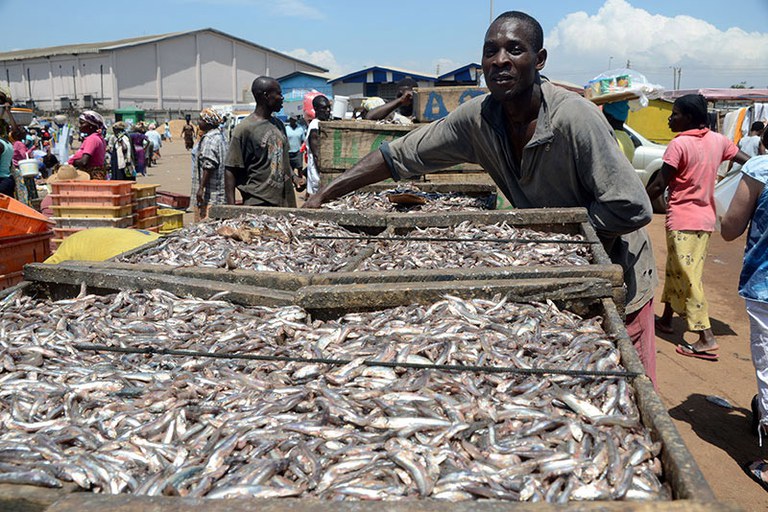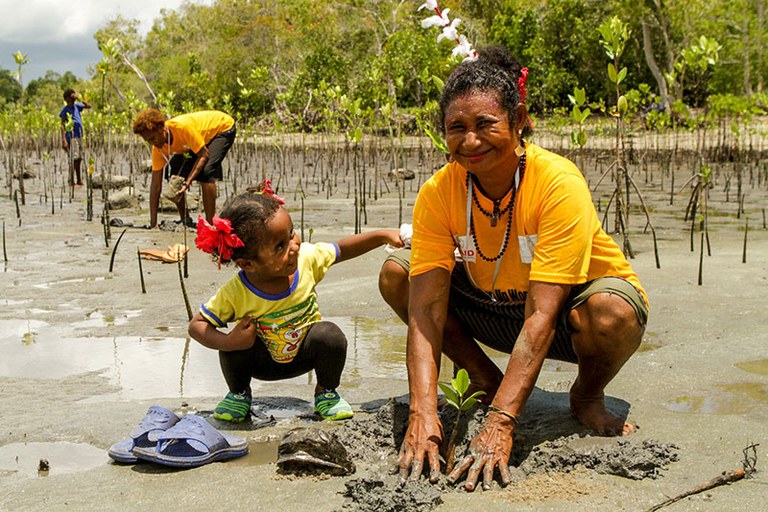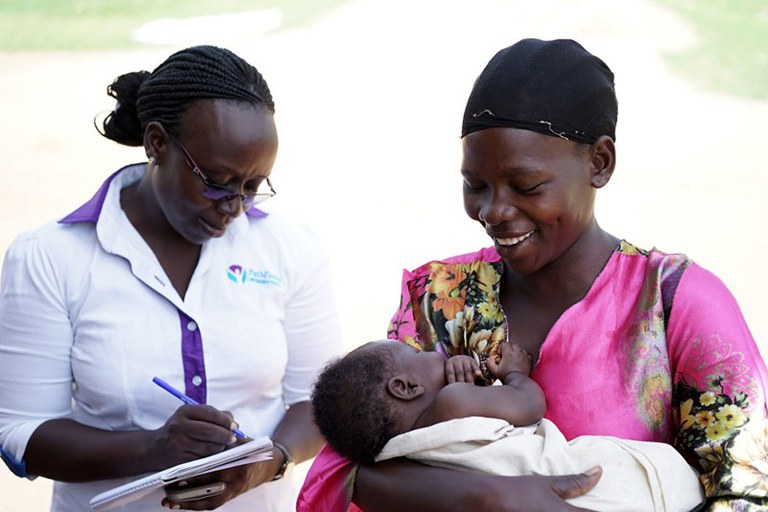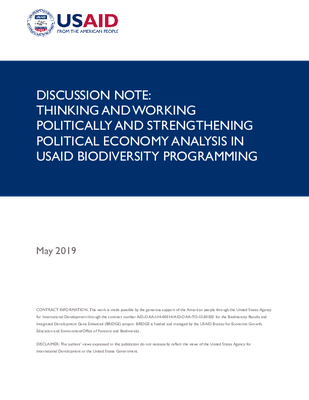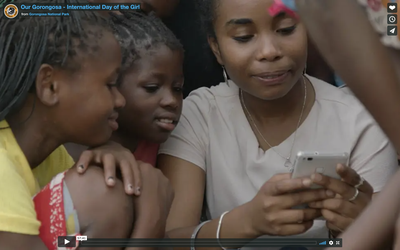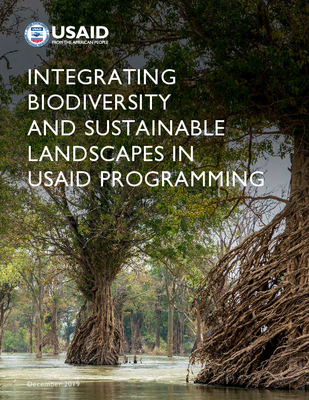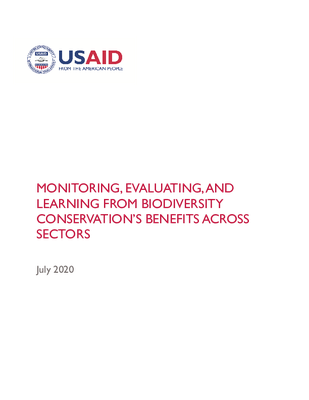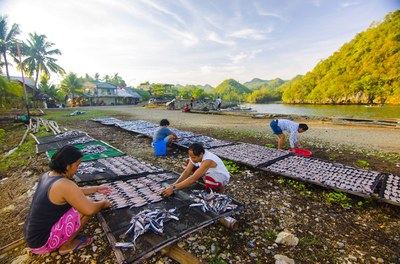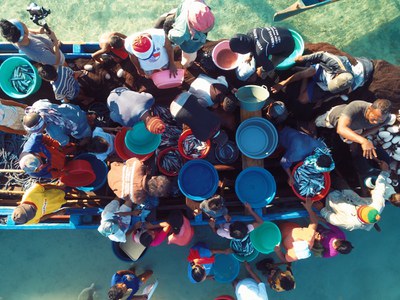Cross-Sectoral Resources by Topic
Biodiversity conservation is an essential component of human development and closely linked to ending extreme poverty, increasing food security, improving public health, and building resilience to crises. As part of the Biodiversity Policy, USAID prioritizes working across sectors and building the evidence base for integrated programming. When we work together across sectors, we can achieve more sustainable and resilient outcomes for people and for the planet we call home.
Projects
Biodiversity Integration Case Study Competition
The collection of 17 cases from the 2019 USAID Biodiversity Integration Case Study Competition illustrates how biodiversity conservation is critically linked to the journey to self-reliance—by reducing extreme poverty, increasing food security, improving human health, managing climate impacts, building resilience to recurrent crises, and achieving many other development objectives.
Learn more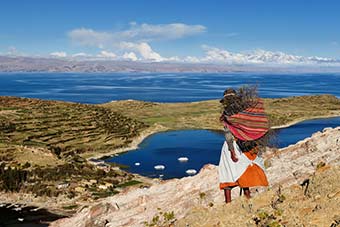
Advancing Gender in the Environment (AGENT)
By recognizing women as agents of change, and valuing the diverse knowledge, experiences and capacities of women and men alike, AGENT works to strengthen environment programming through gender integration and, in tandem, leverage environment programming for women’s empowerment and gender equality outcomes.
Learn more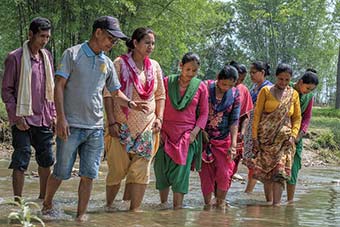
Integrated Natural Resource Management (INRM)
Sound management of natural resources is central to long-term development and resilience. Faced with an urgent need to reduce environmental degradation while improving human well-being, solutions that effectively integrate investments in natural resource management with economic and social development are increasingly urgent. INRM promotes integrated programming across environment and non-environment sectors and across the Program Cycle.
Learn more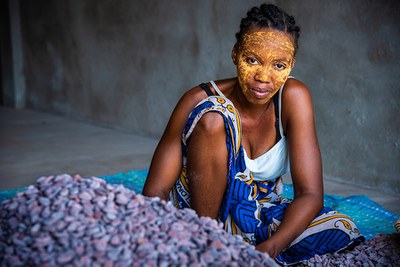
Health, Ecosystems, and Agriculture for Resilient, Thriving Societies (HEARTH)
The U.S. Agency for International Development (USAID)’s HEARTH activity portfolio engages private sector partners to collaboratively implement integrated sustainable development activities that conserve high-biodiversity landscapes and improve the well-being and prosperity of communities that depend on these landscapes.
Learn moreResource Collections
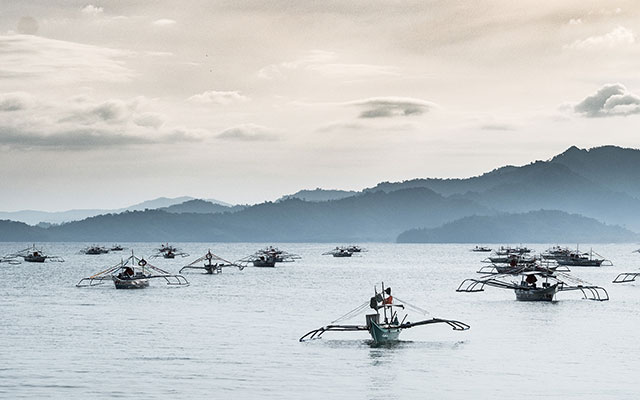
Biodiversity Integration Reference Sheets
This series is intended to help environment and non-environment staff at USAID collaborate and integrate biodiversity conservation with other key development sectors. Each reference sheet presents sector interests and opportunities for integration through collaboration, co-funding, or single-sector funds.
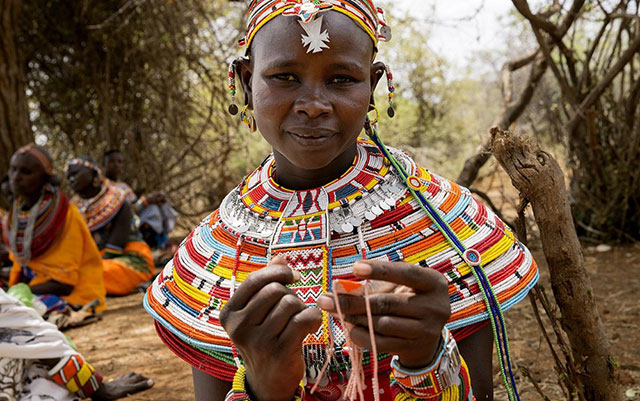
Integration Evidence and Case Studies
USAID builds the evidence base for biodiversity integration by synthesizing existing information and generating new evidence for a range of thematic issues. Case studies capture Mission and field experience, illustrating how USAID operationalizes and institutionalizes biodiversity integration.
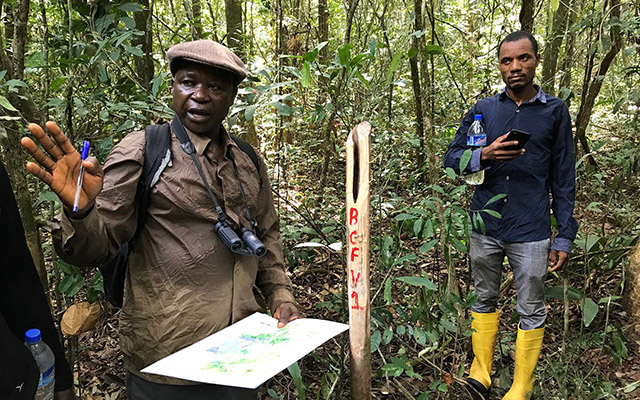
Integration Tools and Approaches
This set of resources shares actionable guidance and best practices to support biodiversity integration throughout the Program Cycle. Featuring topics such as geospatial analysis, thinking and working politically, and ecosystem valuation, these tools help USAID projects and partners enhance conservation and improve development outcomes.
Stories
-
Apr 04, 2023
4 Ways Forests Support Our Physical and Mental Well-Being
Healthy ecosystems, especially forests, are at the root of One Health, a cross-sectoral collaborative approach to optimize well-being that integrates human, animal, and ecosystem health. -
Oct 06, 2020
Turning to Science to Build Consensus: The Seasonal Fishing Closure in Balayan Bay, Philippines
Recognized by the Biodiversity Integration Case Study Competition judges as an example of a biodiversity-funded activity that generated economic growth and democracy and governance benefits. -
Oct 06, 2020
Alternative Livelihoods Create Incentives for Stewardship: Sustainable Marine Resource Use for People in Eastern Indonesia
This case study describes how USAID Sustainable Ecosystems Advanced (SEA) promotes integrated approaches to improve the governance and management of fisheries and marine resources, conserve biodiversity, and enhance food security and sustainable livelihoods.




